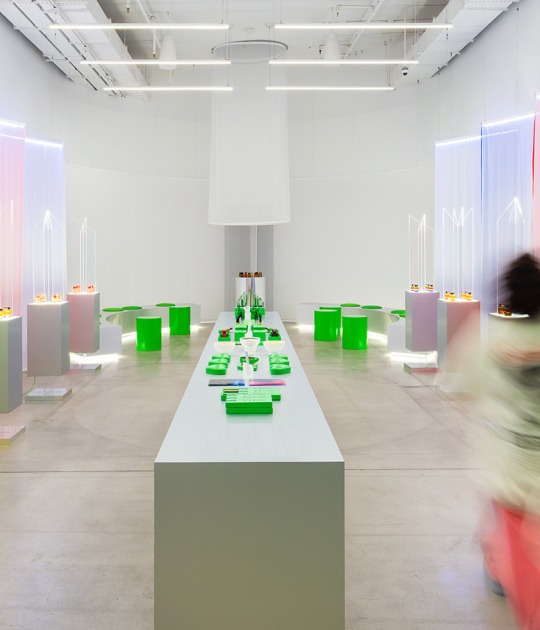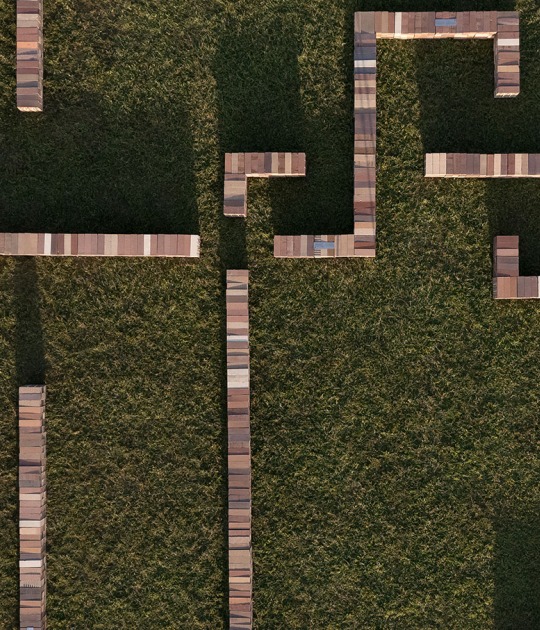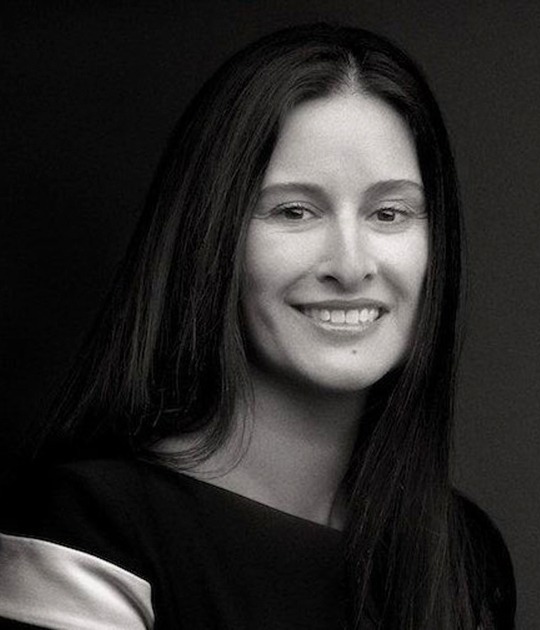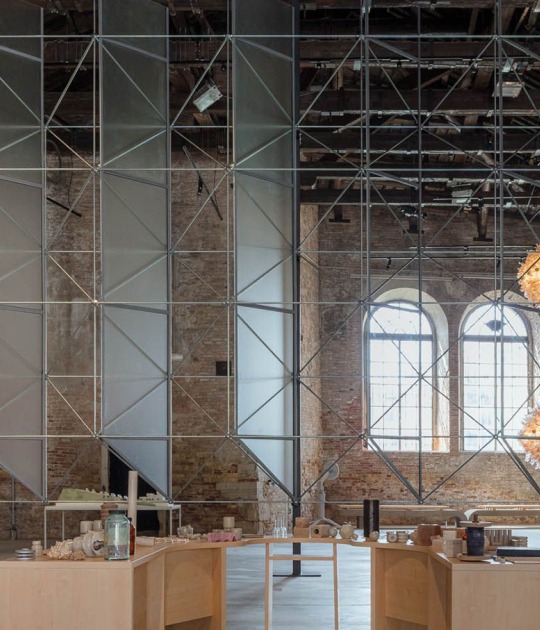MAD's work was inspired by the tradition of an ancient material, using xuan paper as its main material. It's a paper coated with several layers of tung oil, typically used to protect wood, which in this case makes it translucent and waterproof. The structure renews the form and scale of this ancient craft, transforming it into an open-air space that offers shade and protection from the rain.

Chinese Paper Umbrella. China Pavilion in Venice by MAD. Photograph by MAD.
The project takes into account its location in Venice, a region with a maritime climate that exhibits moderate fluctuations between daytime and nighttime temperatures, and its weather is often unpredictable, alternating between intense sunshine, sudden downpours, and occasionally strong winds. Located at the end of the exhibition route in the Arsenale, the China Pavilion's outdoor garden offers a delicate space for relaxation.
Standing under the umbrella is like entering an intimate open-air theater, where visitors are immersed in the shifting light and subtle atmospheric changes. They experience changing patterns of light and shadow, along with a subtle temperature difference between inside and out.
The China Paper Umbrella is designed to adapt to its environment. Its semi-translucent surface and breathable seams keep it connected to the surrounding air and light. On hot, dry days, an integrated misting system activates at the top of the structure, refreshing the air and improving visitor comfort.

Chinese Paper Umbrella. China Pavilion in Venice by MAD. Photograph by MAD.
Traditional tung oil craftsmanship is combined with the technology MAD has integrated, implementing OPPLE Lighting's Smart Dynamic Light (SDL) system, which responds to changes in weather and daylight. As the light moves over the oiled paper, the umbrella becomes a pavilion of shadows and radiance, reflecting the rhythms of day and night.
The naturalness of the materials used means that, over time, this umbrella gradually degrades, serving as a poetic simile of the degradation of architecture and life, and as a reflection on climate change and our coexistence with it.



































